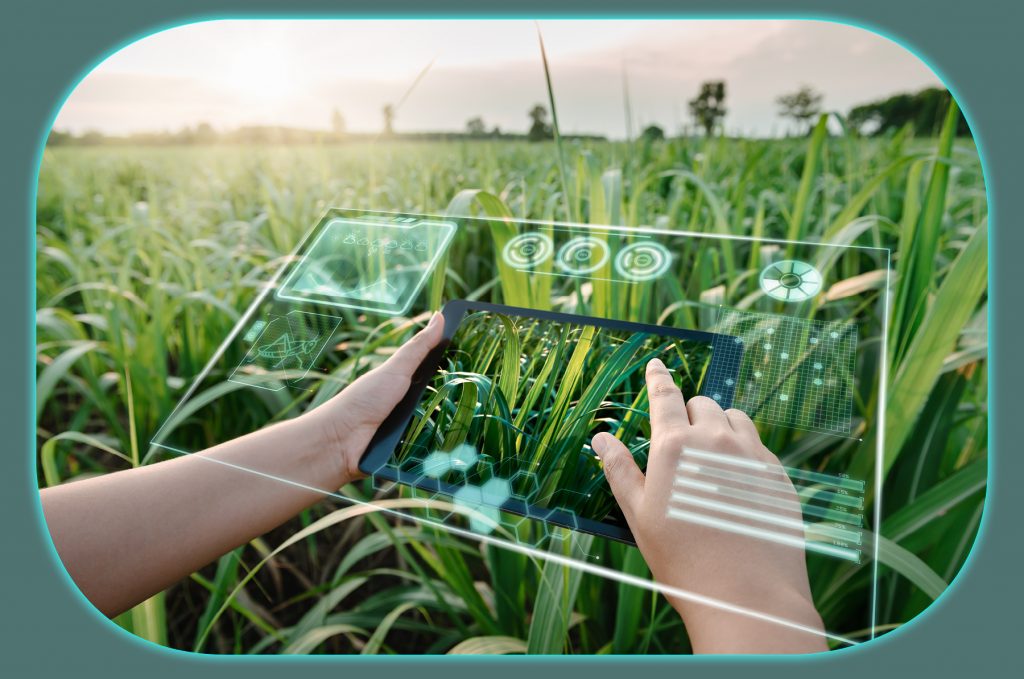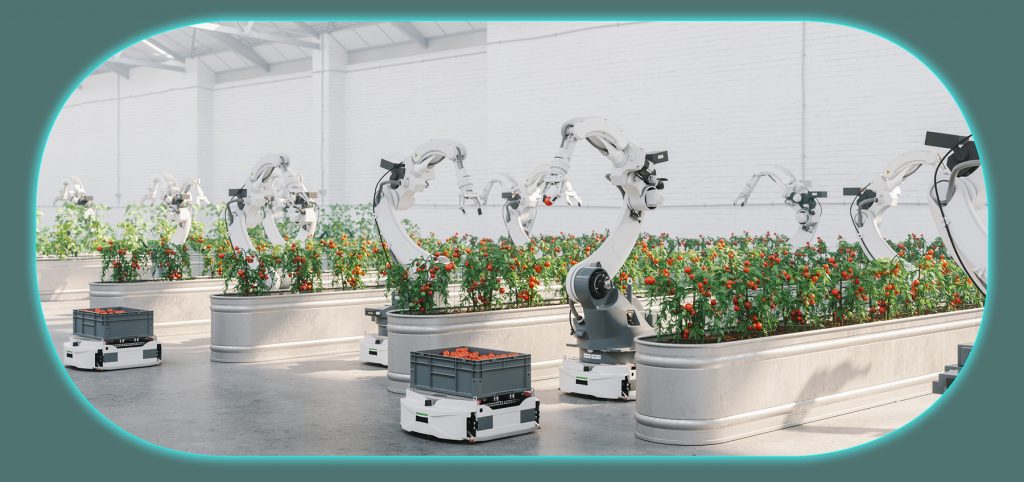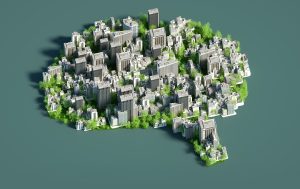Language
You can read the magazine in one of the following languages
Historically, industrial revolutions haven’t exactly done wonders for the planet. The first, around 1770, was all about burning as much coal as humanly possible to drive steam engines and power vast factories in which exploding city populations labored glumly, looking out the windows and wondering what happened to all the fields.
The second, a century later, heralded electricity, mass production and the internal combustion engine. The choking smog meant there wasn’t much to see out of any window. In the 1960s, the third revolution began with much excitement about nuclear power, robots and Apollo 11 as technology advances drove fossil fuel use to new heights. Soon, the only windows that mattered were a proprietary operating system.
So now, with Industry 4.0 extending its artificial intelligence (AI) tentacles into everything from libraries and public transport to drones and toasters, will this latest revolution be as damaging as its predecessors and dump us into a climate change abyss, or could it use its cunning genius to usher in unimagined levels of sustainability and become our saviour?
Elon Musk described AI as “summoning the demon”, Stephen Hawking warned it “could spell the end of the human race”, while Swedish philosopher Nick Bostrom, striking a slightly more optimistic note, predicted it was the “last invention humanity will ever need to make”.
One thing most agree on is that its effects will be seismic, although there’s less consensus on how it’ll impact our environment.

Teaching machines to actively learn certainly leads to energy efficiencies, but that’s not the whole story. The ‘deep learning’ required to train large, neural networks in language use involves scanning billions of articles to study sentence construction and word use.
A report in New Scientist in 2019 warned that training a single AI requires the equivalent of 62,600 ounds of carbon dioxide – the same emissions as five cars over their entire lifetime.
“Sustainability has to be more than a buzzword so targets, methods and metrics need to be backed by science and linked to corporate strategy.”
- Mark Siebentritt
We may not associate the billion-dollar tech giants with belching, coal-fired power stations, but that doesn’t mean they’re in the clear. In 2019, Google used more electricity than more than half the world’s countries, with its usage roughly doubling every three years. And Samsung uses nearly twice as much as Google.
But whereas Google has matched 100 per cent of its use with purchases of renewable energy, AI innovator Samsung lags a long way back, with a Greenpeace report in 2020 claiming 82 per cent of its electricity is from fossil fuels. The Financial Times revealed in June last year that its emissions were actually increasing.
Several major financial institutions and pension funds have lashed out against the South Korean giant’s executives for funding US$14 billion in fossil fuel projects during the past decade, a clear signal that tech investors are increasingly demanding reduced carbon footprints.

The cutting-edge technologies being developed by many companies have enormous potential to benefit the planet, according to Mark Siebentritt, Executive Director of leading sustainability consultants Edge Environment.
“Private equity wants to invest in green technology, but the challenge is sorting the wheat from the chaff,” he tells The CEO Magazine. “Sustainability has to be more than a buzzword so targets, methods and metrics need to be backed by science and linked to corporate strategy.”
Meanwhile, he has a warning for any information technology company that is seeking funding and worried that going green will jeopardize profits. “Investors are looking to capitalize on the growth in ESG, so firms that don’t prioritize it are seen as too high risk,” Siebentritt says.

Nvidia tops Bank of America’s list of the 10 best AI stocks to buy. The high-end chip maker has declared that 100 per cent of its global energy use will be from renewable sources by 2025. The company has announced it is building “the world’s most powerful AI supercomputer”, named Earth-2, or E-2, a digital twin of Earth which promises to transform how we predict climate change.
“We need to confront climate change now. Yet, we won’t feel the impact of our efforts for decades. It’s hard to mobilize action for something so far in the future. But we must know our future today – see it and feel it – so we can act with urgency. To make our future a reality today, simulation is the answer,” says Nvidia Founder, President and CEO Jensen Huang.
“We will dedicate ourselves and our significant resources to direct Nvidia’s scale and expertise in computational sciences, to join with the world’s climate science community… All the technologies we’ve invented up to this moment are needed to make Earth-2 possible. I can’t imagine a greater or more important use.”
“We need to confront climate change now. Yet, we won’t feel the impact of our efforts for decades. It’s hard to mobilize action for something so far in the future.”
- Jensen Huang
Meanwhile, in Australia, the top AI stock on the ASX is Appen, according to Investing News Network. Its appeal is partly down to a significant investment in reducing its carbon footprint and a declaration that its AI will “help reduce reliance on fossil fuels, cut greenhouse gas emissions, improve efficiency and optimize resource allocation”.
However, the tech that has emerged so far in the fourth industrial revolution has helped the planet by happy accident rather than design. The Internet of Things Alliance Australia argues that embedding software, sensors and processing ability in so many more products means the industry is more than meeting the United Nations Sustainable Development Goals, even if it didn’t set out to; however, it says all new projects need strict targets for renewables.
PwC has highlighted six areas where AI is already helping the environment:
Despite the impressive progress and untapped potential, Siebentritt cautions that challenges remain. “The two biggest ones are finding ways to move beyond using carbon offsets to reach net zero and reducing Scope 3 emissions – the carbon produced indirectly through supply chains,” he says.
While many nations are still lagging behind in their efforts to combat climate change, that doesn’t reflect the private sector’s insatiable appetite for new, cleaner technologies. In coming years, as you gaze out the window of your driverless car at the automated combine harvester gathering pest-resistant, low-carb wheat, it’ll hopefully be clear that this particular revolution truly did deliver some wonders for the planet.

